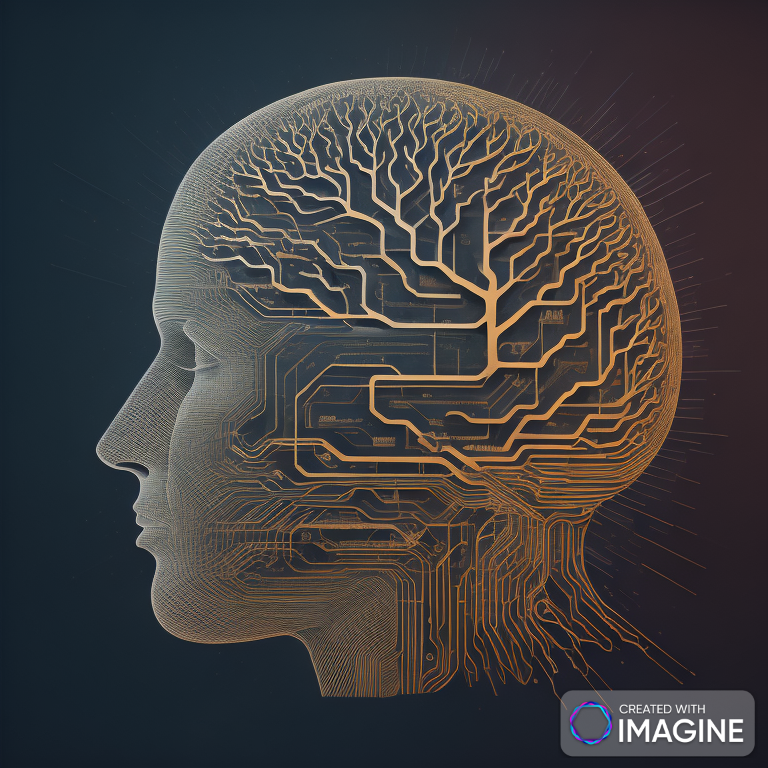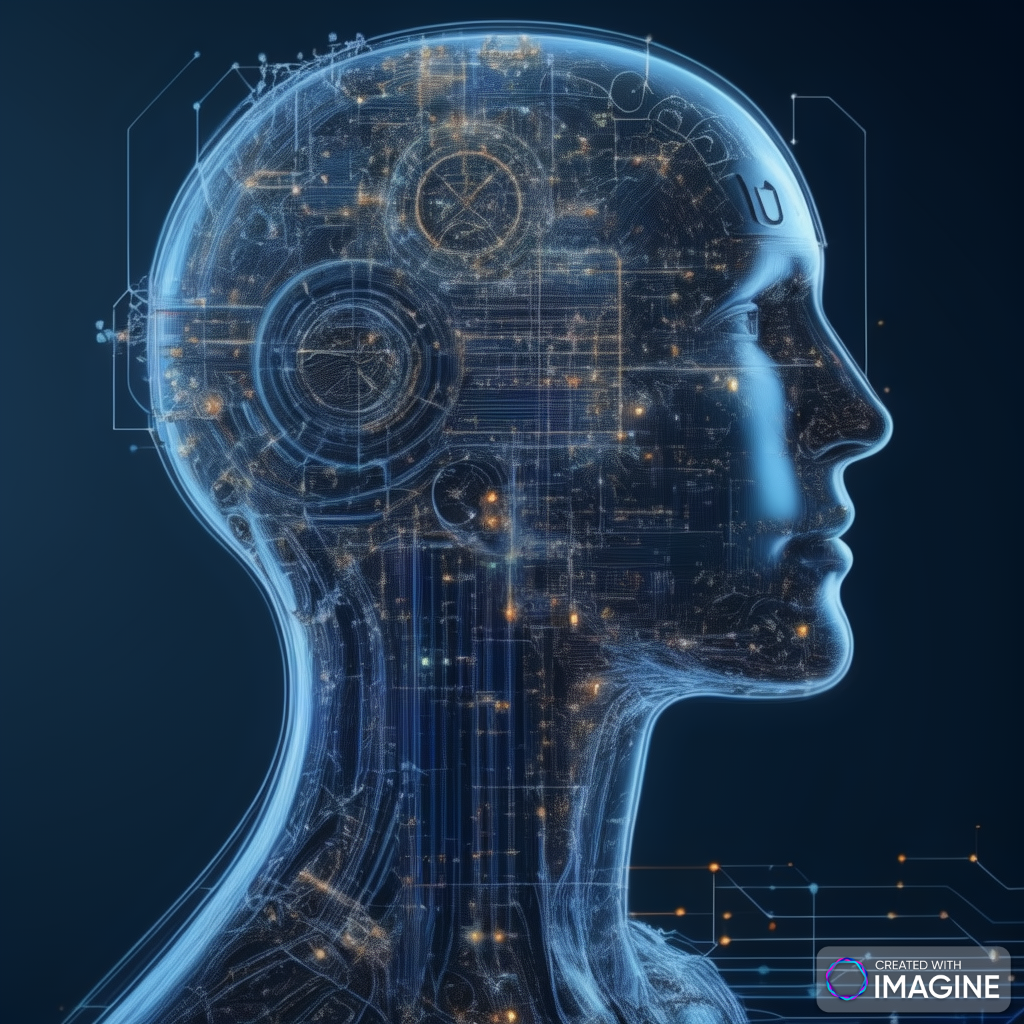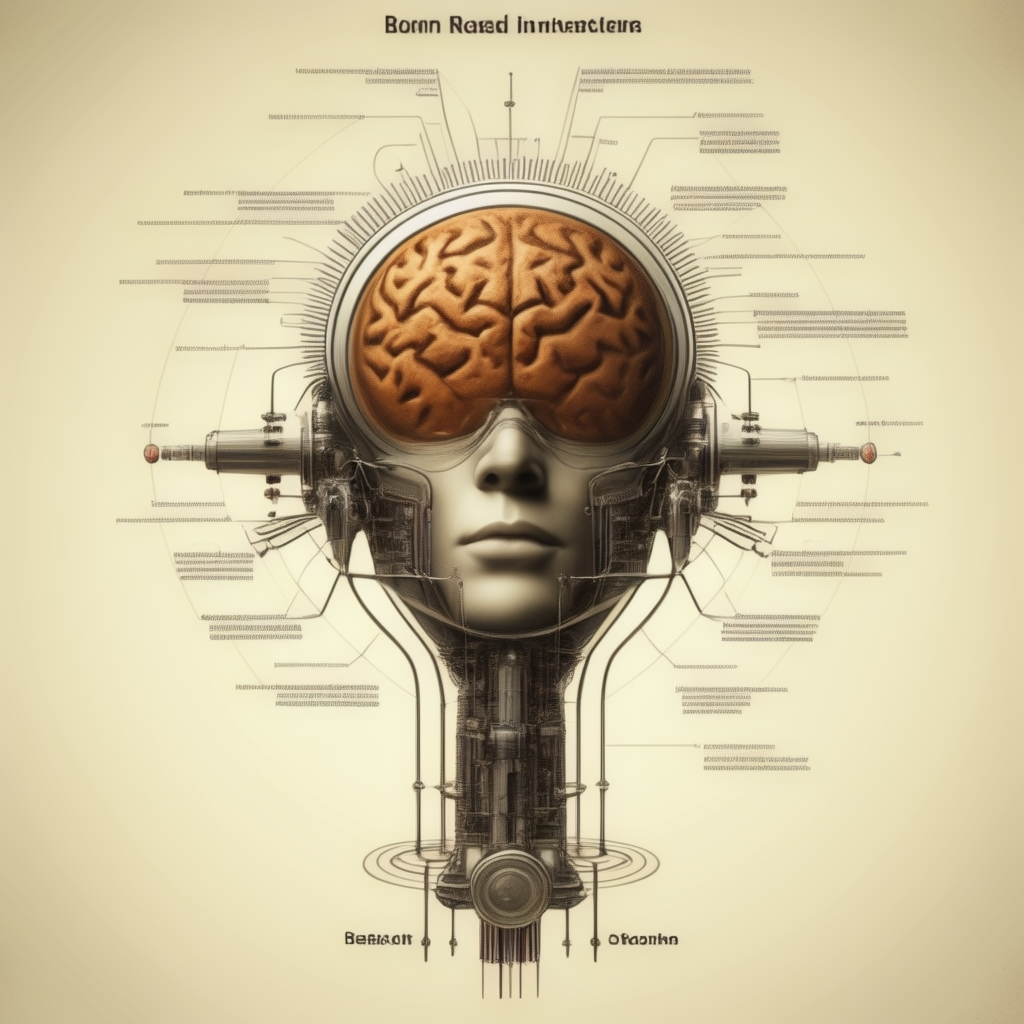Introduction: Artificial Intelligence (AI) is revolutionizing the way we approach problem-solving, and at the heart of its intelligence lies computational reasoning. This sophisticated process allows machines not only to crunch numbers but to derive meaningful insights, make decisions, and even mimic human thought processes. In this blog post, we delve into the intricacies of computational reasoning and its pivotal role in shaping the landscape of AI.
Understanding Computational Reasoning: Computational reasoning is the ability of a system to analyze information, draw conclusions, and make decisions based on structured logic and algorithms. Unlike mere data processing, it involves higher-level thinking processes akin to human reasoning.
Components of Computational Reasoning:
- Logical Reasoning:
- Computational reasoning heavily relies on logical operations. Machines follow a set of rules and conditions to reach logical conclusions.
- Pattern Recognition:
- AI systems use computational reasoning to identify patterns within data, enabling them to recognize trends and make predictions.
- Problem-Solving:
- The ability to break down complex problems into smaller, manageable parts is a hallmark of computational reasoning. AI systems approach problem-solving methodically, considering various factors and constraints.
Role of Algorithms: Algorithms serve as the backbone of computational reasoning in AI. These step-by-step procedures guide machines through the thinking process, facilitating decision-making and problem-solving.
Applications in AI:
- Decision Support Systems:
- Computational reasoning enhances decision-making processes by analyzing vast datasets and providing insights that aid human decision-makers.
- Natural Language Processing (NLP):
- In language-based AI applications, computational reasoning allows systems to understand context, infer meanings, and respond intelligently.
- Machine Learning:
- AI models leverage computational reasoning to learn from data, adapt to changing scenarios, and improve their performance over time.
Challenges and Considerations:
- Interpretable AI:
- As AI systems become more complex, ensuring that their reasoning processes are understandable and interpretable remains a challenge.
- Ethical Considerations:
- The use of computational reasoning in AI raises ethical questions, especially concerning biases in decision-making algorithms.
4. Cognitive Modeling:
- Computational reasoning enables the creation of cognitive models that simulate human thought processes. These models help in understanding how humans reason, learn, and make decisions, leading to advancements in AI systems that mimic cognitive functions.
5. Explainability in AI:
- One challenge in AI is ensuring models are explainable. Computational reasoning models are designed to be interpretable, allowing stakeholders to comprehend how decisions are reached. This transparency is crucial, especially in sensitive domains like healthcare and finance.
6. Bayesian Reasoning:
- Bayesian reasoning, a subset of computational reasoning, involves updating beliefs based on new evidence. In AI, this is used for probabilistic reasoning, allowing systems to make decisions considering uncertainties and changing conditions.
7. Common-Sense Reasoning:
- Humans possess common-sense reasoning, an ability to make intuitive judgments and fill in gaps in information. AI researchers are working on imbuing machines with common-sense reasoning capabilities, enabling them to navigate real-world scenarios more effectively.
8. Analogical Reasoning:
- Computational reasoning extends to analogical thinking, where machines draw parallels between situations to make inferences. This can be applied in problem-solving by finding similarities between known and unknown scenarios.
9. Epistemic Reasoning:
- Epistemic reasoning involves assessing the knowledge and beliefs of different agents. In multi-agent systems, computational reasoning helps AI entities understand what others know or believe, facilitating cooperative decision-making.
10. Meta-Reasoning:
- Meta-reasoning involves thinking about one’s thinking processes. In AI, this translates to systems that can analyze and adapt their own reasoning methods, improving efficiency and adaptability over time.
11. Fuzzy Logic Reasoning:
- While traditional logic operates in a binary true/false manner, fuzzy logic reasoning within computational systems allows for a spectrum of truth values. This nuanced approach is valuable in situations where uncertainties and ambiguities exist.
12. Temporal Reasoning:
- AI systems employing computational reasoning can handle temporal aspects, understanding and reasoning about events in chronological order. This is crucial for applications such as predictive analytics and planning.
13. Heuristic Reasoning:
- Heuristic reasoning involves using rules of thumb or shortcuts to find quick solutions. In AI, computational reasoning models can employ heuristics for faster decision-making, especially in scenarios where exhaustive analysis is impractical.
14. Contextual Reasoning:
- Context-aware AI systems leverage computational reasoning to understand and adapt to changing contextual factors. This is valuable in applications like smart homes, where the environment may vary over time.
15. Transfer Learning:
- Computational reasoning contributes to transfer learning in AI, where models trained on one task can apply their knowledge to perform well on a different but related task. This flexibility enhances the efficiency of AI systems.
As AI research progresses, computational reasoning continues to evolve, unlocking new possibilities for creating intelligent, adaptable, and context-aware systems. Its multidimensional nature allows AI to transcend basic rule-based processing, paving the way for more human-like cognitive abilities in machines.
16. Model-Based Reasoning:
- In computational reasoning, models serve as representations of real-world systems. Model-based reasoning involves using these models to simulate, analyze, and predict the behavior of complex systems, enhancing decision-making in dynamic environments.
17. Abductive Reasoning:
- Abductive reasoning involves forming the best explanation for observed phenomena. In AI, this is crucial for systems to infer the most plausible causes or hypotheses based on available evidence, even in the presence of incomplete information.
18. Inductive Reasoning:
- Inductive reasoning is about making generalizations based on specific observations. Computational reasoning, through inductive models, allows AI systems to learn patterns from data and generalize insights, enabling them to handle new, unseen situations.
19. Deductive Reasoning:
- Deductive reasoning involves deriving specific conclusions from general principles. AI systems employing computational reasoning can utilize deductive logic for precise decision-making by following a set of established rules or axioms.
20. Qualitative Reasoning:
- Qualitative reasoning focuses on understanding system behavior without relying on precise numerical data. In AI, computational reasoning enables systems to analyze qualitative information, making it valuable in domains where exact measurements are challenging.
21. Machine Learning Integration:
- Computational reasoning is intertwined with machine learning techniques, combining symbolic reasoning with data-driven approaches. This integration allows AI systems to leverage the strengths of both paradigms for more robust and adaptive problem-solving.
22. Autonomous Decision-Making:
- Computational reasoning is fundamental in developing autonomous systems capable of making decisions without human intervention. This is essential in applications like self-driving cars, where real-time reasoning is required for safe navigation.
23. Evolutionary Algorithms:
- Evolutionary algorithms, rooted in computational reasoning, mimic the process of natural selection to optimize solutions. AI systems use these algorithms for tasks such as optimization, feature selection, and evolving strategies over successive iterations.
24. Explainable AI (XAI):
- Computational reasoning plays a pivotal role in the development of explainable AI models. XAI ensures that AI systems provide transparent and understandable explanations for their decisions, enhancing user trust and ethical considerations.
25. Knowledge Representation:
- Computational reasoning relies on effective knowledge representation, capturing information in a format suitable for processing by AI systems. Various techniques, including semantic networks and ontologies, contribute to robust knowledge representation.
26. Real-Time Decision Support:
- AI systems with computational reasoning capabilities offer real-time decision support, aiding professionals in complex tasks. This is particularly valuable in healthcare, finance, and critical infrastructure where timely decisions are imperative.
27. Robotic Planning:
- In robotics, computational reasoning facilitates planning algorithms that enable robots to navigate environments, avoid obstacles, and execute tasks. This is foundational for the autonomy of robotic systems in diverse scenarios.
28. Ethical Reasoning:
- Computational reasoning extends to ethical considerations in AI. Systems are being developed to incorporate ethical principles, ensuring that AI-driven decisions align with societal values and norms.
29. Natural Language Understanding:
- Computational reasoning contributes to advancements in natural language understanding. AI models equipped with reasoning capabilities can comprehend and respond to user queries with a deeper understanding of context and semantics.
30. Human-AI Collaboration:
- As computational reasoning evolves, there is a growing emphasis on fostering collaboration between humans and AI. This collaborative approach leverages the strengths of both, with AI providing enhanced reasoning abilities to augment human decision-making.
By comprehensively integrating these aspects of computational reasoning, AI systems can exhibit sophisticated cognitive functions, paving the way for more intelligent, adaptive, and ethically aware machines.
The Future of Computational Reasoning in AI: The evolution of AI relies heavily on advancements in computational reasoning. Future applications may include more sophisticated problem-solving, improved natural language understanding, and enhanced decision-making capabilities.
Conclusion: Computational reasoning is the driving force behind the intelligence of AI systems. As we continue to unlock the potential of machines to think, learn, and reason, computational reasoning will play a pivotal role in shaping the future of artificial intelligence.





